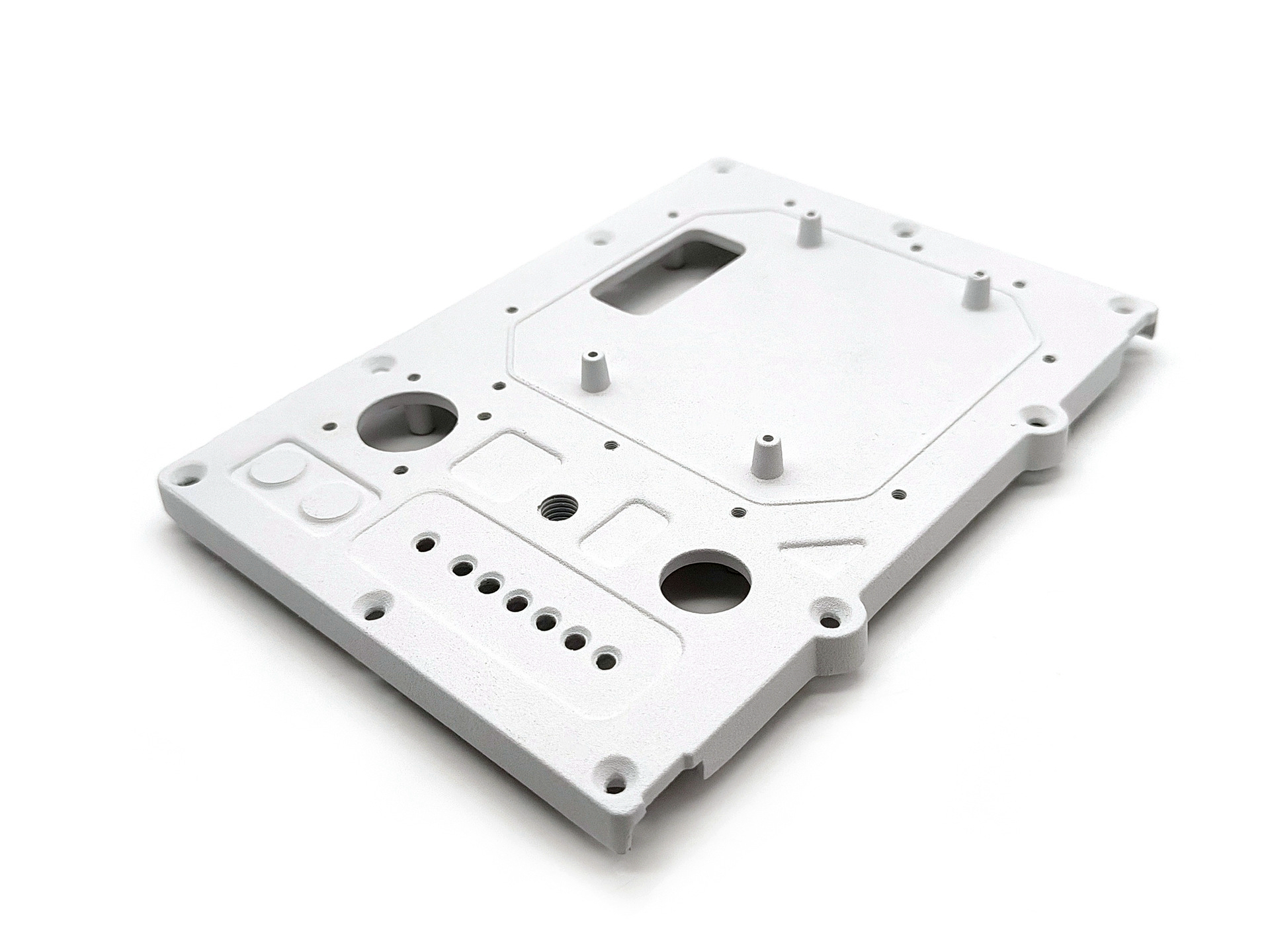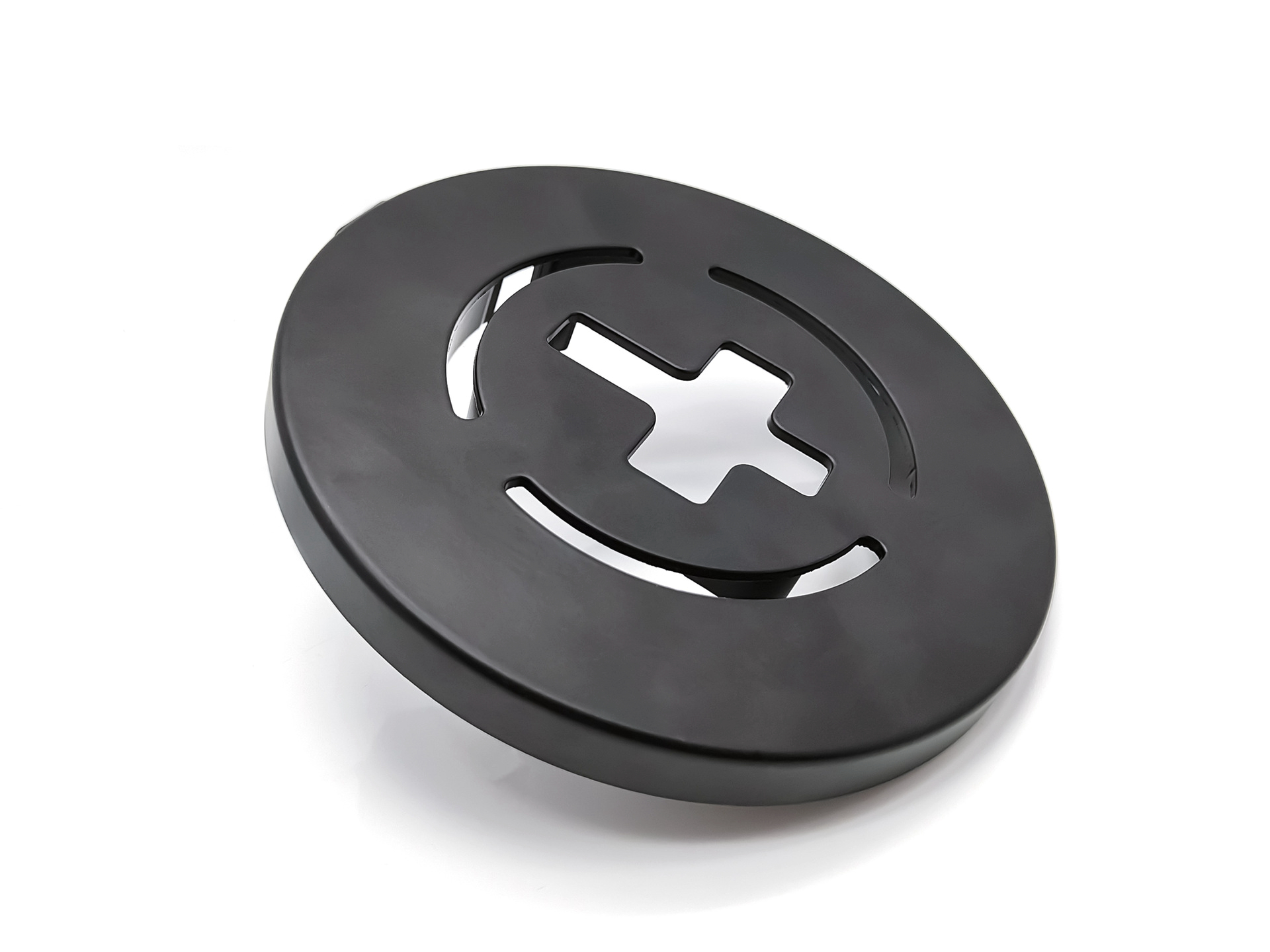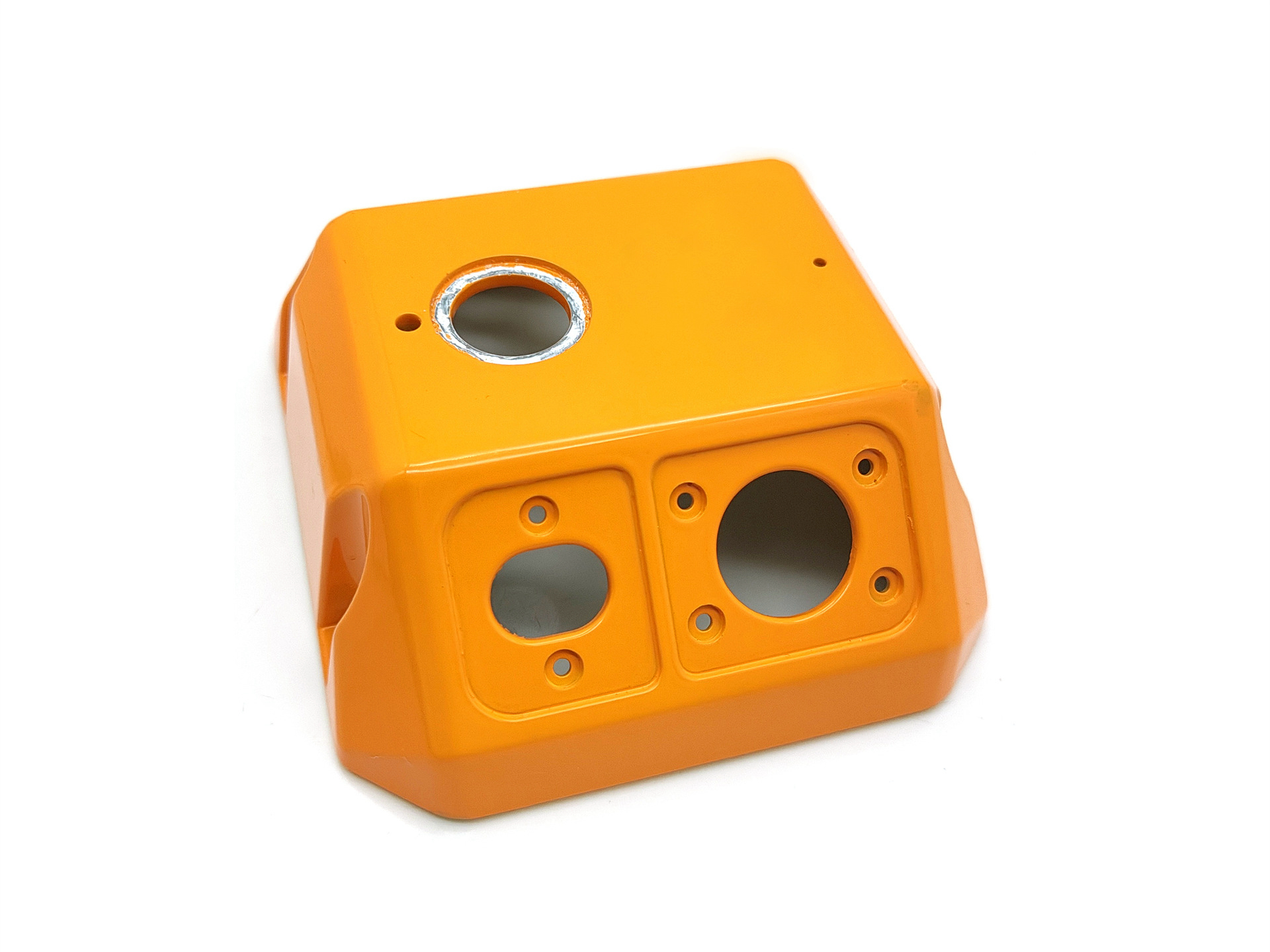What testing methods do you use to validate long-term part performance?
Long-term part performance is a critical benchmark for components in demanding environments such as transportation, aerospace, industrial automation, consumer electronics, and energy systems. Neway applies a comprehensive suite of mechanical, environmental, and accelerated testing methods to ensure that die-cast and machined parts retain their structural and functional integrity over time. These tests are essential for verifying compliance with application-specific durability standards and ensuring product lifecycle reliability.
Our validation process spans material-level analysis to full assembly fatigue and environmental simulations. Each test is selected based on the part’s intended application, material, geometry, and service conditions.
Why Long-Term Testing Matters
Mechanical and environmental loads such as cyclic stress, temperature variation, moisture, UV exposure, and corrosion can degrade materials over time. Parts may suffer from fatigue cracking, dimensional drift, coating delamination, or corrosion pitting without proper validation, leading to premature failure.
At Neway, long-term performance testing supports:
Product qualification and certification
Failure mode identification and prevention
Predictive maintenance planning
Regulatory and customer specification compliance
For example, aluminum components used in exterior automotive die casting applications must be validated for both vibration and salt spray resistance to ensure years of exposure durability.
Key Testing Methods Used at Neway
Testing Method | Purpose | Typical Standards/Conditions |
|---|---|---|
Fatigue Life Testing | Evaluates resistance to cyclic loading | >1,000,000 cycles under simulated mechanical loads |
Salt Spray (Corrosion) Test | Assesses corrosion resistance of surface finishes | ASTM B117 / ISO 9227; up to 1000 hours |
Thermal Cycling Test | Validates resistance to temperature fluctuations | -40 °C to +150 °C, 500–1000 cycles |
Creep Testing | Measures time-dependent deformation under load | Long-term load application at elevated temperature |
UV and Humidity Exposure | Simulates outdoor aging and coating stability | 1000 hours at 85% RH, UV-A or UV-B exposure |
Vibration and Shock Testing | Simulates transport and operational stresses | IEC 60068-2-6, MIL-STD-810, or customer specs |
Salt Fog + Mechanical Fatigue | Combined test for harsh marine environments | Used in defense and offshore components |
Mechanical Fatigue and Lifecycle Testing
Fatigue is one of the primary failure modes in metallic components. Neway performs uniaxial and multiaxial fatigue tests to simulate real-world loading cycles:
Sinusoidal or block spectrum loading
Load range up to 50 kN, frequency up to 100 Hz
Evaluation of high-cycle fatigue life (>10⁶ cycles)
This testing is commonly integrated into casting design optimization to properly reinforce structural areas near bosses, ribs, or thin-wall transitions.
Redesign recommendations may include wall thickness balancing, improved filleting, or more fatigue-resistant alloys such as A356-T6.
Corrosion and Environmental Stability Testing
Neway validates corrosion resistance through controlled environmental exposure to simulate long-term service conditions. These include:
Neutral Salt Spray (NSS) per ASTM B117
Acetic Acid Salt Spray (ASS) for decorative finishes
High-humidity chamber testing (85% RH, 60 °C for 1000 hours)
Coatings such as powder coating, anodizing, and electroless nickel plating are tested on cast aluminum substrates like A380 or AlSi12 to evaluate resistance against oxidation, blistering, and delamination.
This is particularly critical for electronic enclosures used in coastal or industrial installations.
Thermal Cycling and Creep Tests
For components exposed to thermal gradients or prolonged static loads, such as die-cast brackets in HVAC or EV systems, Neway simulates:
Repeated thermal expansion and contraction across -40 °C to 150 °C
Stress-induced deformation monitoring over extended durations
Material stability testing on heat-prone alloys such as AlSi12 and A413
Creep tests help ensure that cast aluminum housings will retain form and fit in engine compartments or high-heat assemblies over time.
UV and Weathering Resistance
For exterior components, UV and environmental resistance are essential. Neway conducts:
Accelerated UV exposure with UV-A/UV-B lamps per ISO 4892-2
Cyclic humidity tests for finish breakdown and adhesion retention
Colorfastness and chalking resistance evaluation
These methods are commonly applied to architectural aluminum castings and powder-coated outdoor lighting fixtures.
Vibration and Shock Testing
For assemblies used in transport, appliance, and industrial systems, Neway verifies mechanical stability through:
Sinusoidal and random vibration simulation (20–2000 Hz)
Drop, impact, and shock pulse tests per IEC and MIL-STD protocols
Combined modal and fatigue testing under vibration + thermal cycles
Components such as zinc alloy die-cast motor housings undergo vibration endurance testing to prevent crack propagation and fastener fatigue.
Conclusion
Validating long-term part performance requires a multi-faceted approach combining fatigue testing, corrosion analysis, thermal cycling, UV stability, and dynamic mechanical stress simulations. At Neway, we tailor each test protocol based on material, geometry, and application environment. Whether your part is used in offshore, automotive, or high-heat industrial settings, our validation capabilities ensure reliability across the product lifecycle.
From surface treatment durability to precision machining validation, our testing framework supports performance-driven manufacturing from prototype to mass production.



